"Please enjoy the pleasant sensation of looseness,” says the car you are driving. Once you’ve stopped smirking, you would be forgiven for concluding that the pursuit of comfort by at least one luxury car manufacturer might be in danger of descending into self-parody.
The car in question is a Mercedes-Benz S-Class, the breed that has become almost as synonymous with comfort as Sellotape has with sticky-back plastic. And on this occasion it was giving advice on how best to use its seat massagers. But what is comfort in an automotive context? Is it really just about big chairs and soft springs, or is there more to it? Back in 2005 tests were conducted between an S-Class and its immediate rivals over a 300- mile route that revealed that whoever was driving the Benz had a heart rate on average five beats per minute slower than when they were driving any of the other cars. And that can’t just be squidgy seats.
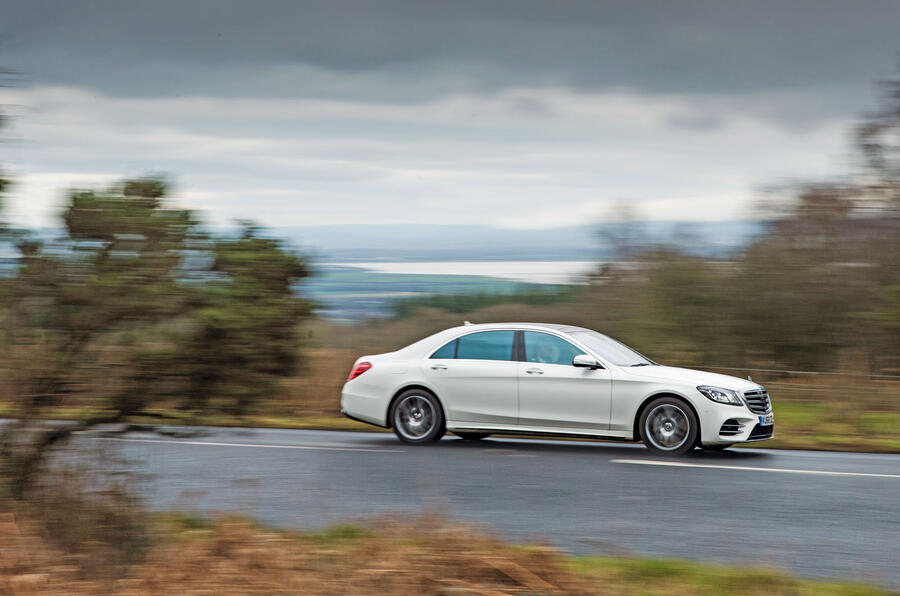
Actually, providing a car with what we perceive as true comfort is a science as inexact as the whims of the capricious humans who covet and drive them. We know comfort when we feel it, but what is it and how is it achieved? The first thing to understand is that there is a clear distinction between a car that is comfortable and one that is comforting, but if true comfort is to be achieved, you need to provide both.
Matt Saunders, road test editor of this parish, reckons it all begins with “a straight, accommodating and adjustable driving position”. Drivers don’t sit still in cars; we’re forever shifting our weight around and moving our arms and legs, so if you have to sit slightly askew because the pedals are not actually directly in front of the steering wheel, your comfort is going to be compromised, if not immediately then certainly after a while. Likewise you need to be able to position yourself relative not only to the pedals but the steering wheel too, so a good range of steering and seat adjustment is important.

But can you have too much choice? You bet, says editor-at-large Matt Prior. “I find that with wild levels of adjustment I can never get it quite right and end up constantly fiddling with the driving position,” he says. And that’s not comfortable. And what about the seats themselves? The counterintuitive is at play here too, as editor-in-chief Steve Cropley knows very well. “There was once a fashion for French cars – Renaults especially – to have very soft seats, which felt initially luxurious, especially over city ruts. But when Volkswagen Golfs and Volkswagen Passats became numerous with their much firmer seats, we suddenly realised how much better it was to have seats that kept their shape, especially in days when body roll was significant.”
Seat designers also have to ensure that the natural oscillation frequency of their seats is kept completely out of phase with the suspension. “If this doesn’t happen, the action of one is doubled by the other,” says Cropley. “You bounce up and down as on a trampoline. It’s still an occasional problem in today’s cars, though not of the proportions that it was in the 1970s and 1980s.”

There are other fundamentals. One of the reasons McLarens seem so comfortable is that they’re so easy to see out of by supercar standards. To me, visibility is a fundamental component of comfort, because if a car has thick pillars, a letterbox rear screen and huge blindspots, you’re never going to be truly at ease driving it, and that means you’ll never be truly comfortable, either.
Of course many people consider the secret to true comfort lies in the suspension set-up, and to a great extent it does. Just not in the way you might think. To make this point we must disappear briefly into that curious world inhabited only by chassis engineers and road testers. Perhaps the most common misunderstanding of this subject comes from the presumption that the more softly a car is sprung, the more comfortable it must be to travel in. This, emphatically, is not the case. Indeed, the actual spring rate is nothing like as important as the way it is controlled, and that can be influenced by all sorts of things.
First a car must have a stiff structure. This structure is the platform upon which the suspension is mounted, and if it’s wobbling, vibrating or fizzing, so too will the suspension. If you play a crap recording through the world’s finest audio system, it will still sound like a crap recording, and the relationship between a car’s structure and its suspension is the same.
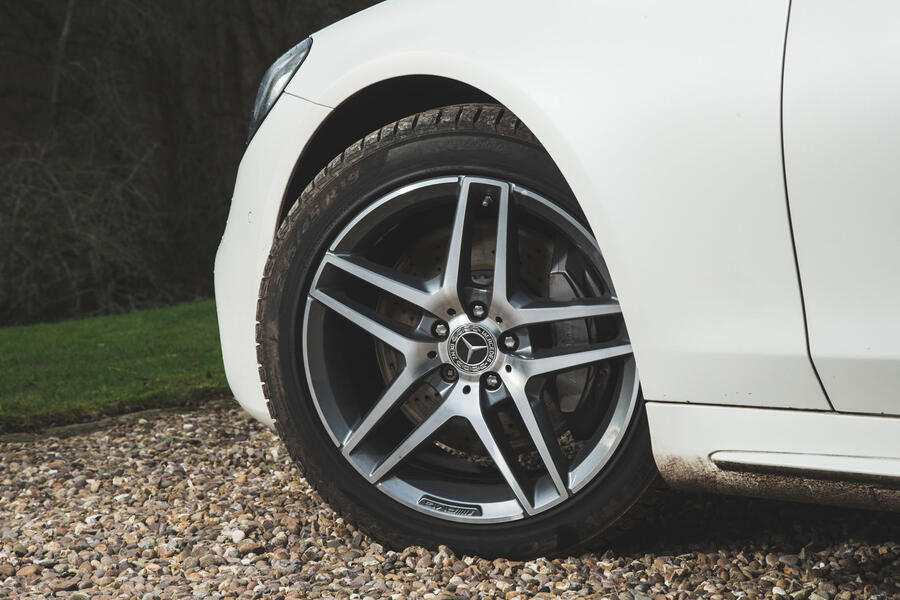
Okay, you have a nice, rigid monocoque, so now you can afford those super-soft springs, right? Not really. We divide the way a car rides into two main areas, called primary and secondary. In essence, primary ride is how well the car maintains its ride height over crests, in dips and through corners. Secondary ride is how well it absorbs the lumps and bumps in the road. And while a very softly sprung car might well have a superb secondary ride, if your head hits the roof every time you go over a rise, or it wallows around in the corners like it’s enjoying a mud bath, believe me, you’re not going to be comfortable. Bear in mind, too, that the softer the car is set up, the more sensitive it will be to load: I remember the original Lexus LS400 rode beautifully until you gave it four adults and a bootful of luggage and pointed it down an undulating road, whereupon levels of roll, heave and, in particular, pitch could soon become close to unacceptable. “And pitch,” says Cropley, “is the most upsetting body motion of all.” By contrast, I remember equally clearly a Bentley Continental T with a secondary ride so bad you’d not get a better impression of the road surface if you licked it with your tongue, yet it would dispatch our once notorious, now sadly resurfaced ‘body control road’ at ludicrous speeds with no detectable vertical motion at all.
The most successful way to achieve a genuinely fine ride today seems to derive from using a quite gentle spring rate in conjunction with a very stiff structure and then control them using damping, a job that has become infinitely easier in these days of electronically controlled shock absorbers: today’s Aston Martin DB11 has the lowest spring rate of any Aston in history, yet it manages its body movements beautifully.
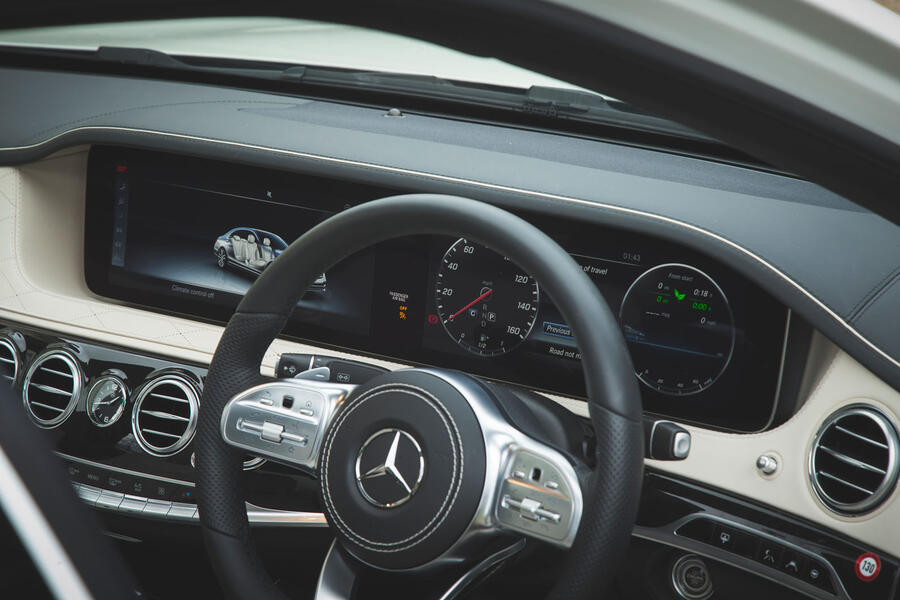
Steering is another huge yet largely unappreciated factor in how comfortable we feel behind the wheel. If your steering is too quick the car will feel nervous; if it’s too slow you will have to work harder than you’d like to guide it. Variable-ratio racks allow slow steering around the straight-ahead where you want it and quick steering off-centre to make the car feel more agile. That sounds great, but if it’s not expertly executed, the car seems simply to have inconsistent steering. Similarly, most of us will feel comforted by steering that accurately feeds back information about road conditions, just as we will be discomforted if that telegraphed information turns into kickback.
The bad news for the car designer is that sorting out the structure, suspension, driving position, seats and visibility still doesn’t ensure the comfort of those on board. Not even close.
Saunders puts “proper isolation from both wind and suspension noise” near the top of his list of priorities for a truly comfortable car, while Cropley goes further: “Noise has a huge effect on comfort. Drive identical roads at identical speeds but using earplugs for one of the runs and the car will seem to be riding more smoothly. For parallel reasons I’ve always felt wind noise and road noise are mortal enemies of comfort – and wondered why Porsche, especially, and several of the German makers don’t deal better with road noise.”
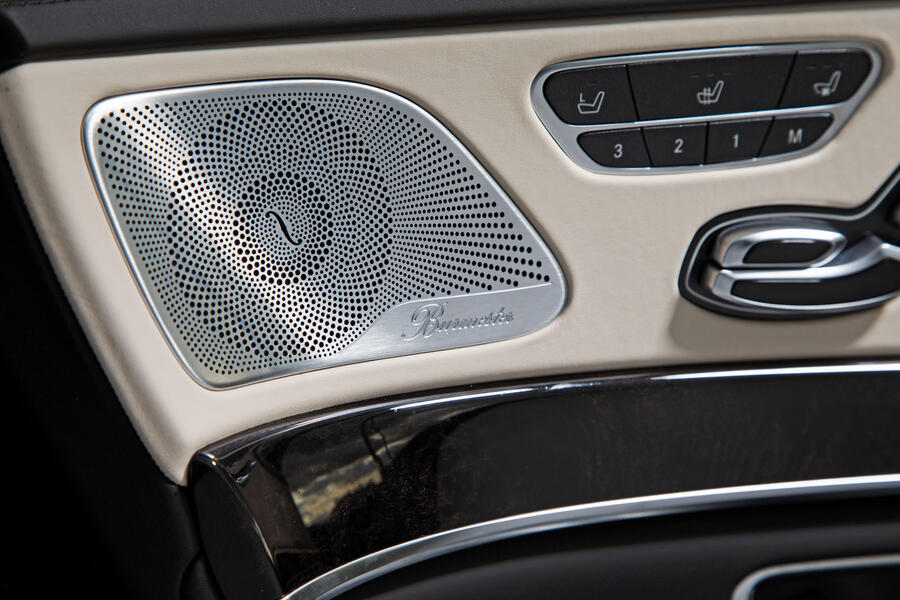
But even that’s not so simple to sort out, and for the same reason I struggle to sleep on the latest generations of very refined airliners: I’d rather be subjected to a constant level of ambient noise than have to listen to all the farts and snores you hear in a truly quiet cabin. Likewise I can remember hearing all this tyre roar the first time I travelled in a Rolls-Royce Phantom and taking a while to figure out it was actually coming from the other cars with which I was sharing the road…
Matt Prior is keen to point out another critical component of comfort: “Ergonomics are very important. Pure touchscreens are bad for comfort, overcomplicated electronics systems likewise. I’m driving a Peugeot 508 at the moment and every time I get in I have to switch off the lane-keep assist, so then I’ve got an orange light on the display at all times, too. And the bloody heater controls are on the touchscreen and at least three eye-off-the-road pushes away, so although it’s an automatic car with easy steering and should be good, it’s a tiresome chore.”
He’s right: the level of electronic complexity shown by today’s even quite ‘normal’ and well-planned cars, like a Volkswagen Golf, can be bewildering. There are so many menus, submenus and ill-defined areas you need to stab at with an inexpertly aimed finger, and you have to do so while safely conducting a tonne or more of metal down the road. Which is why I wonder if grubby fingerprints aren’t the only reason that an ever-increasing acreage of TFT screening may not after all be the future of in-car entertainment, communication and information.
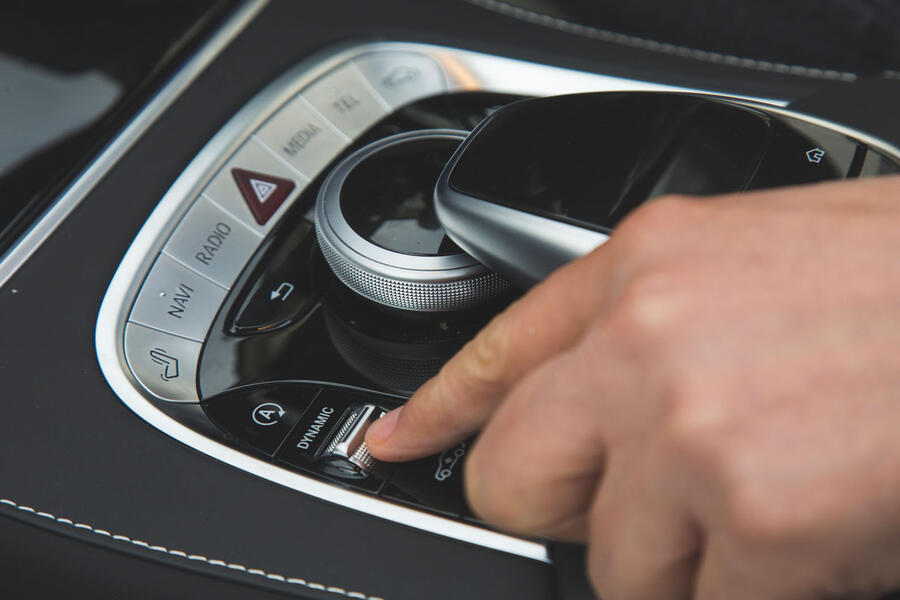
And we’ve not even mentioned powertrains yet. Torque is a huge determinant of comfort. An instant and accurate response to every prod of the pedal can hugely enhance your sense of well-being behind the wheel, and the absence thereof is one of the few drawbacks of the current generation of small-capacity, highly boosted engines. An engine has also to be well matched to its gear ratios and in harmonious dialogue with the gearbox. If an auto is always hunting around for the right ratio because it’s poorly programmed, the engine lacks torque or both, your comfort is going to suffer.
There are other issues that might only contribute to your perception of comfort but which are no less important for that. Does the car feel strong and safe? Perpetually wondering if it will protect you in an accident is not going to improve your comfort levels. Is it from a quality brand? There may be no science in this but if you had two identical cars, one wearing the badge of mass manufacturer, the other of an aspirational premium brand, I’m betting you’re going to feel more comfortable in the latter. Which doesn’t make it right, just the way it is.
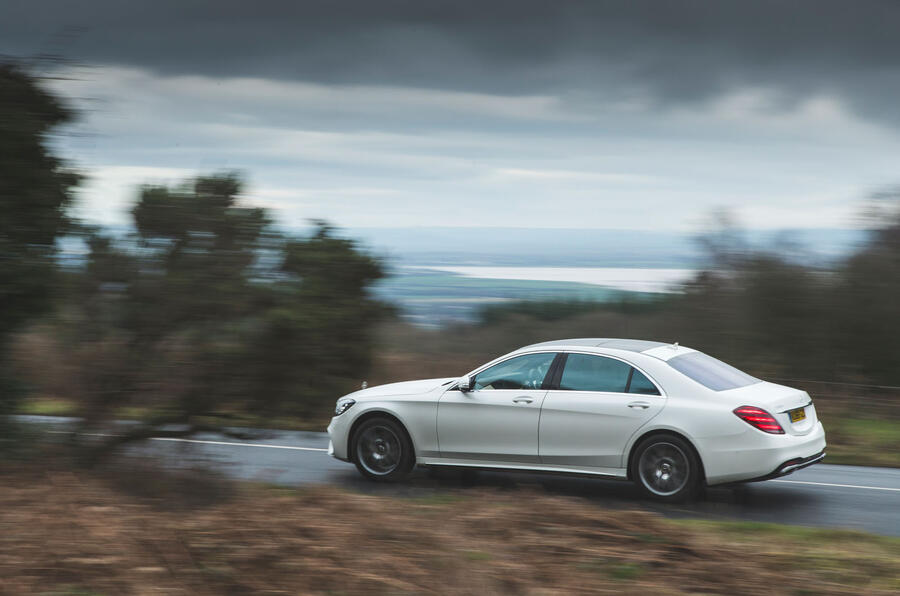
Finally there is the little stuff, all those details, any one of which can chip away at your sense of comfort and, taken as a whole, torpedo it altogether. Do you hate dashboard reflections on the windscreen, or sat-nav that will zoom out to your desired dimensions only to zoom back in a few seconds later? Is there enough room next to the clutch to rest your left foot in comfort? Does the digital radio give up the moment you turn onto a B-road? Does the ventilation mean you can have cold feet and a warm face, but not vice-versa, and if you drive a diesel do you hate how long the cabin takes to heat up on a cold morning? Are there enough cup holders, are they the right size and do they dump coffee in your lap if you corner at more than 0.2g? If the car has automatically dimming headlights, do they actually work as you would like or do they just make other road users hate you? Do the wheels stand proud of the tyre sidewalls so you’re terrified of crunching them every time you park? Do you drive the kind of car that brings out the worst in other road users so you spend your life being carved up?
It all counts. For me, I’d give up all the gimmicks for a sound driving position, clear instruments, simple ergonomics and decent visibility. Such considerations are just as important components of my sense of comfort and well-being on board as the softness of the springs or seats. You need to get all that right before even considering the other stuff, because without it you’re never going to get comfortable, let alone experience “the pleasant sensation of looseness”.
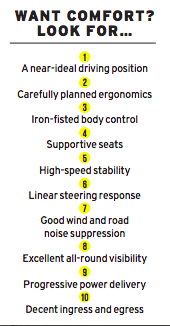
Memories of comfortable cars
Matt Prior: “A couple of years ago I drove a Volkswagen Golf R to Spain, for a Ford Focus RS twin test. I had two days to get there so figured I’d start early and make an overnight stop when I’d had enough. I know Golfs tend to nail everything in the “Want comfort? Look for…” panel (above), but even so, I was surprised I happily sat there for 900 miles.”

Andrew Frankel: “Last year I covered nearly 1400 miles in a new Bentley Continental GT in 24 hours. But it wasn’t the 15 countries we visited, nor the majestic performance or the dazzling technology I remember most vividly. It’s the seats: after a day and a night, mostly behind the wheel, I emerged without the slightest discernible ache. And that’s real comfort.”
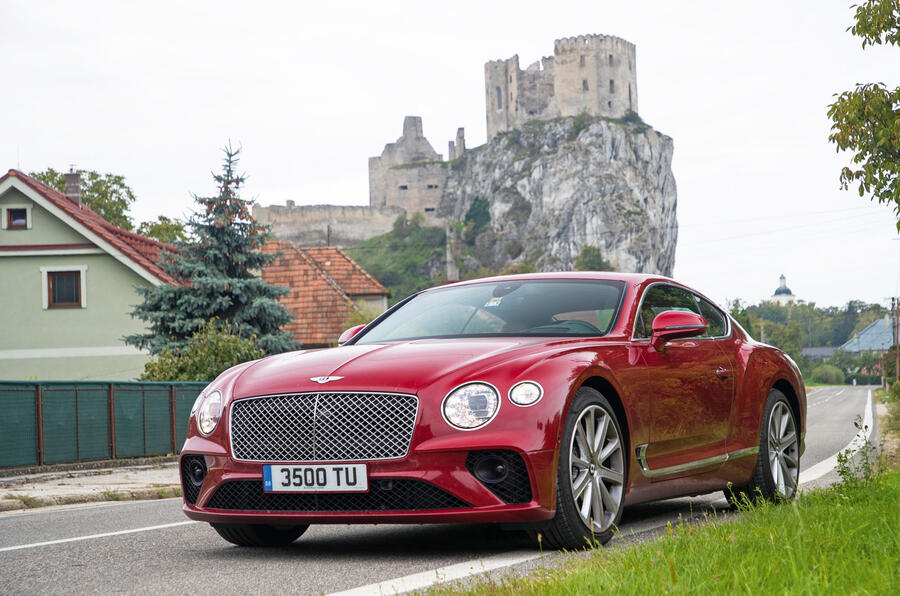
Matt Saunders: “In 2008 I went to Hethel for a ride-along story in the new Lotus Evora. Its ride was so supple and damper response so progressive that it made for truly effortless body control. It was before Lotus had even tweaked the suspension for the supercharged version, let alone all of the revisions it would do later. I wish I could have bottled it and taken it away as a reference. It was that good.”

Steve Cropley: “I’ll never forget my first drive in a Citroën GS. Until then I’d presumed pitching was endemic to all cars, but here was a machine that felt it had a 10-metre wheelbase. Chuck in ageless styling (including jewel-like headlights 20 years before anyone else had them) and you had a truly exceptional car.”
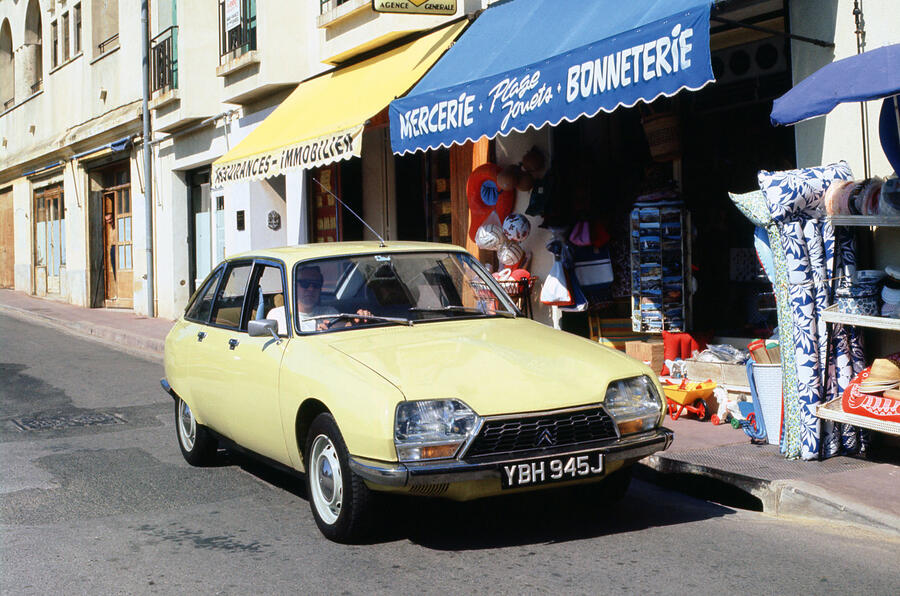
Read more
Opinion: ride comfort is the new handling
Matt Prior: has performance suspension hit a bump in the road?​
Top 10 best luxury cars 2019​

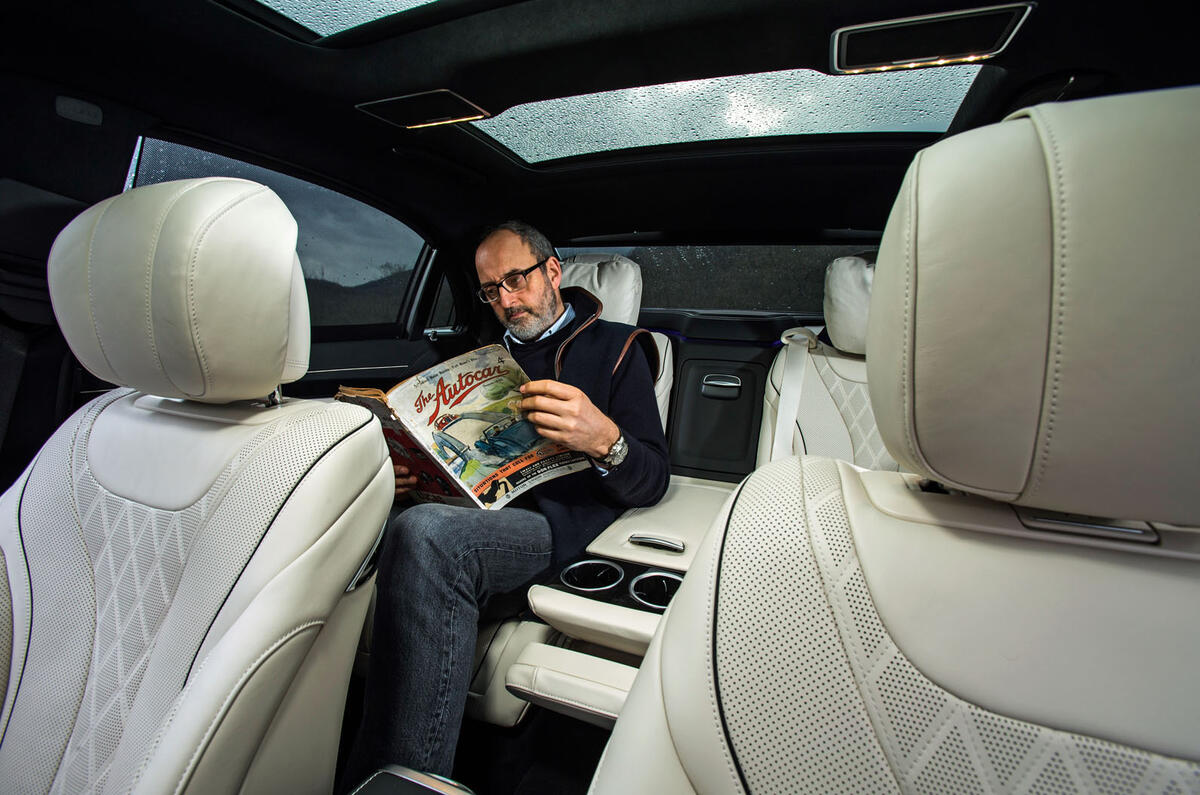

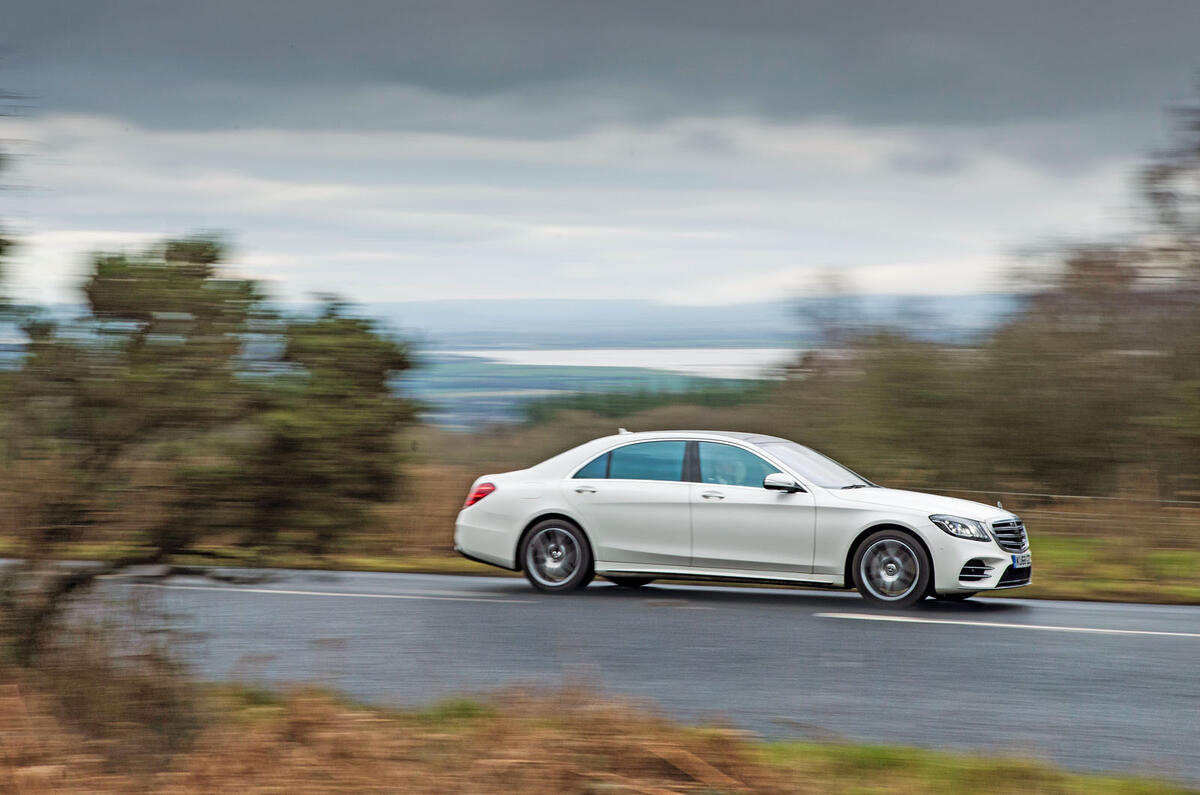
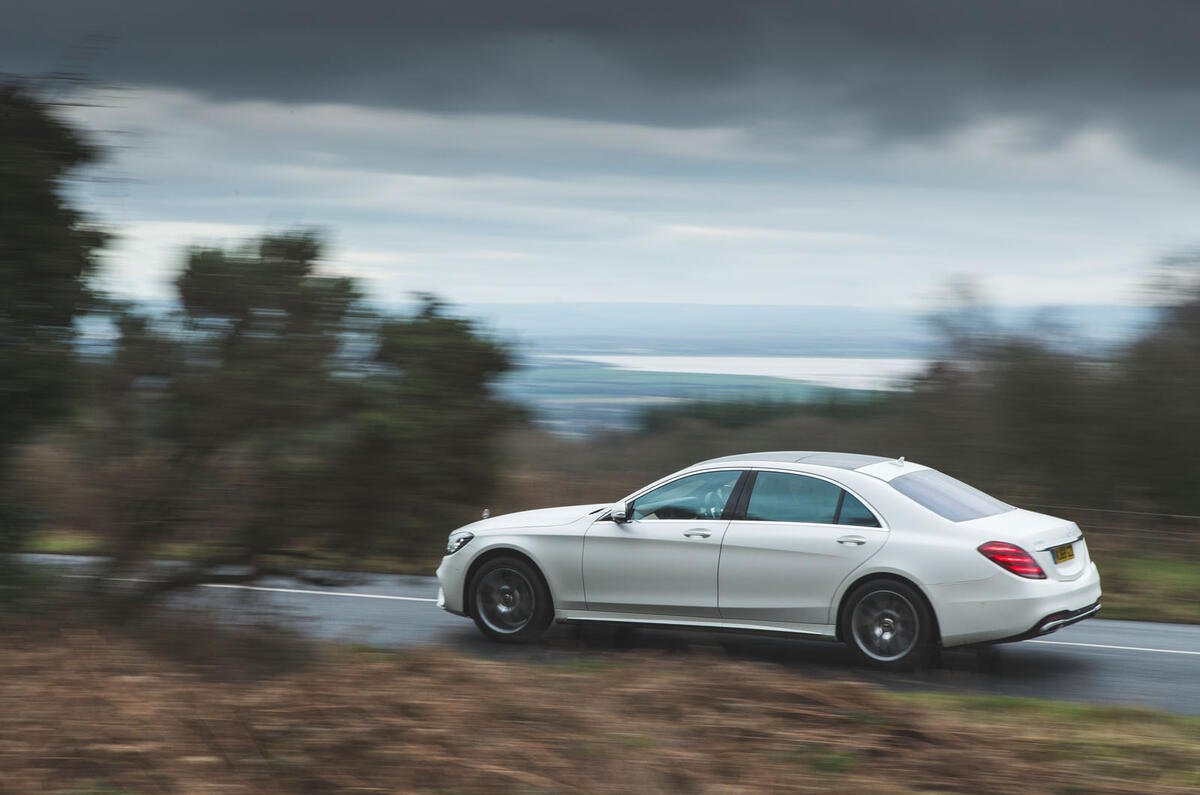

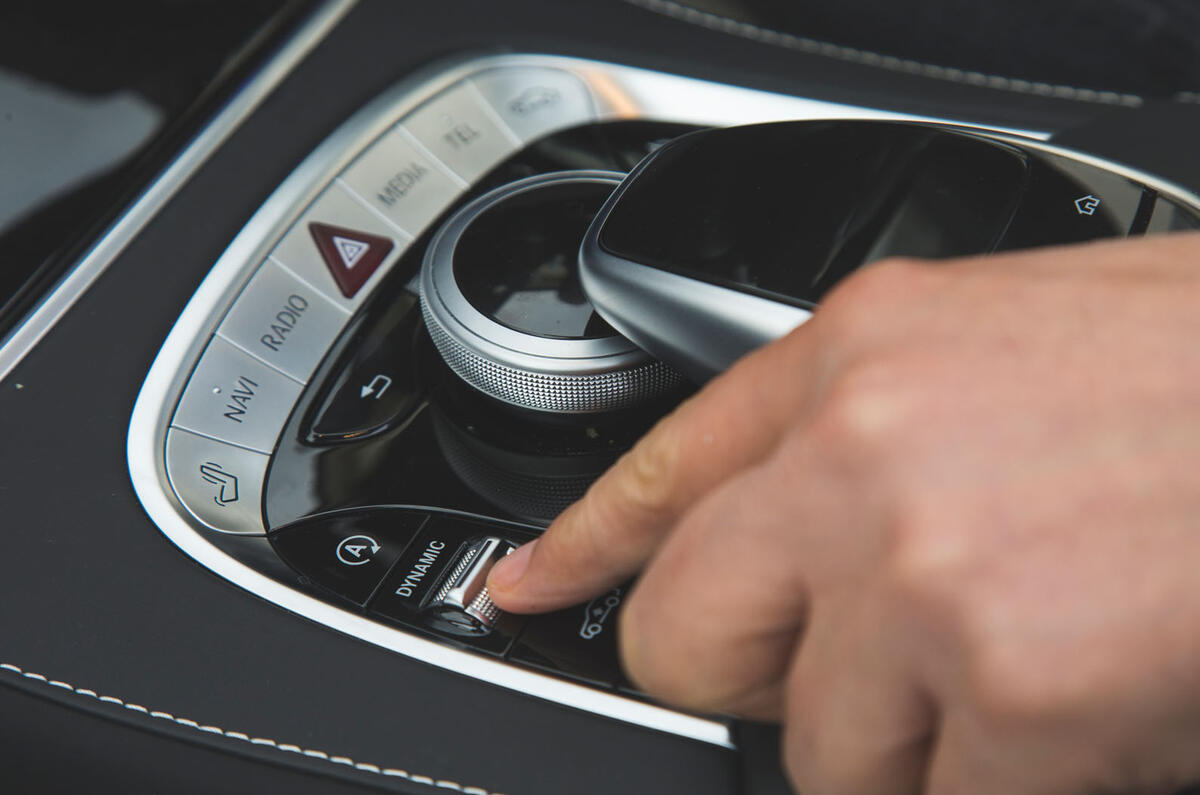
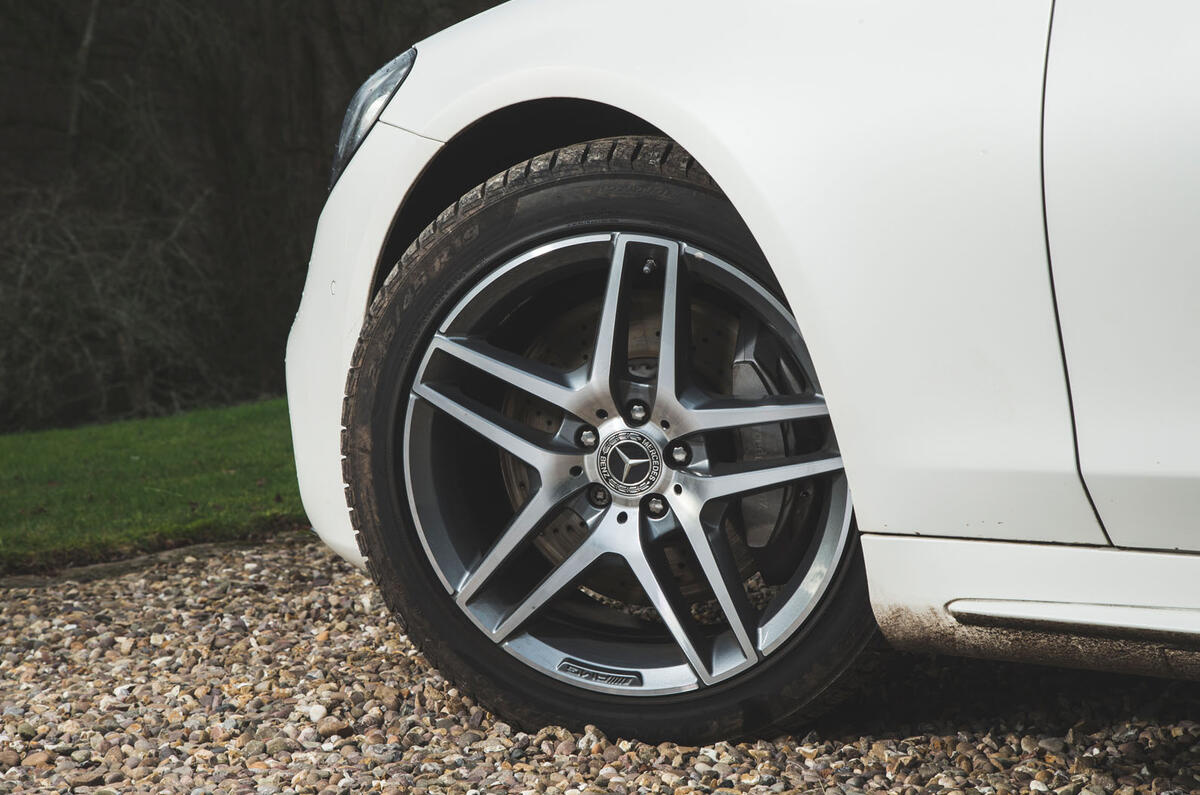
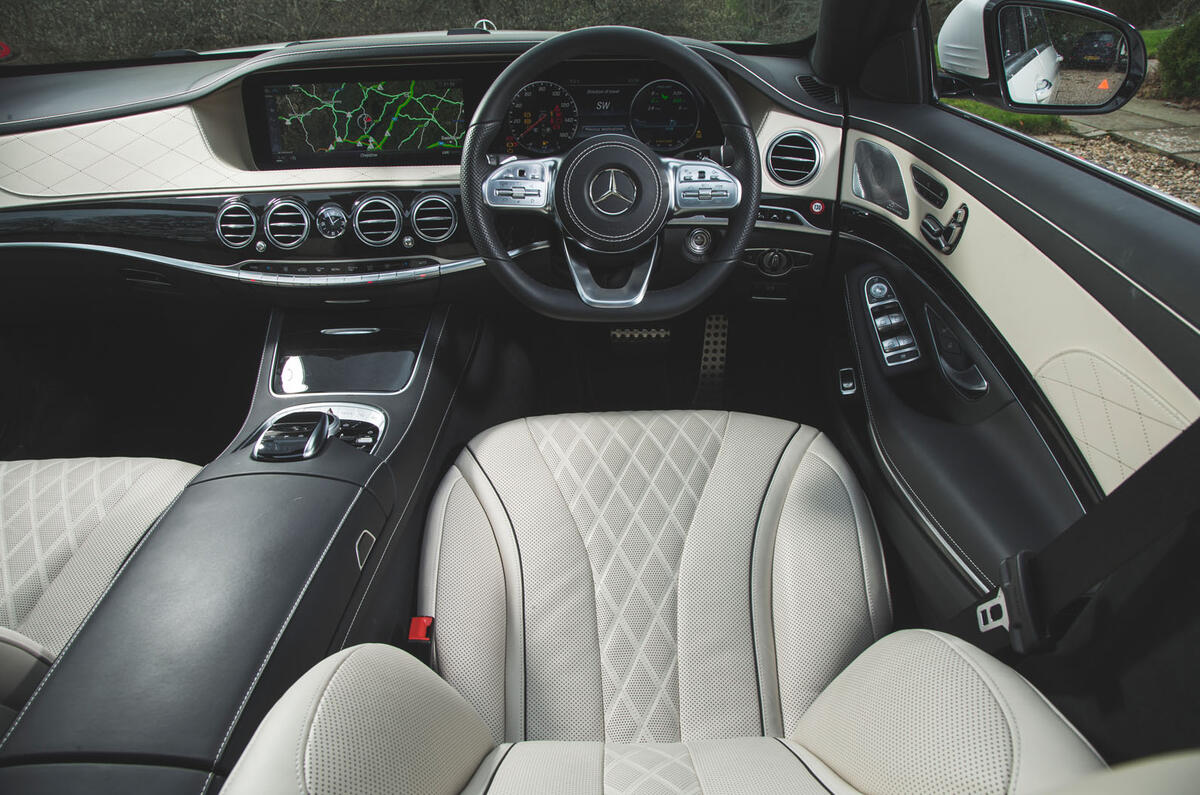
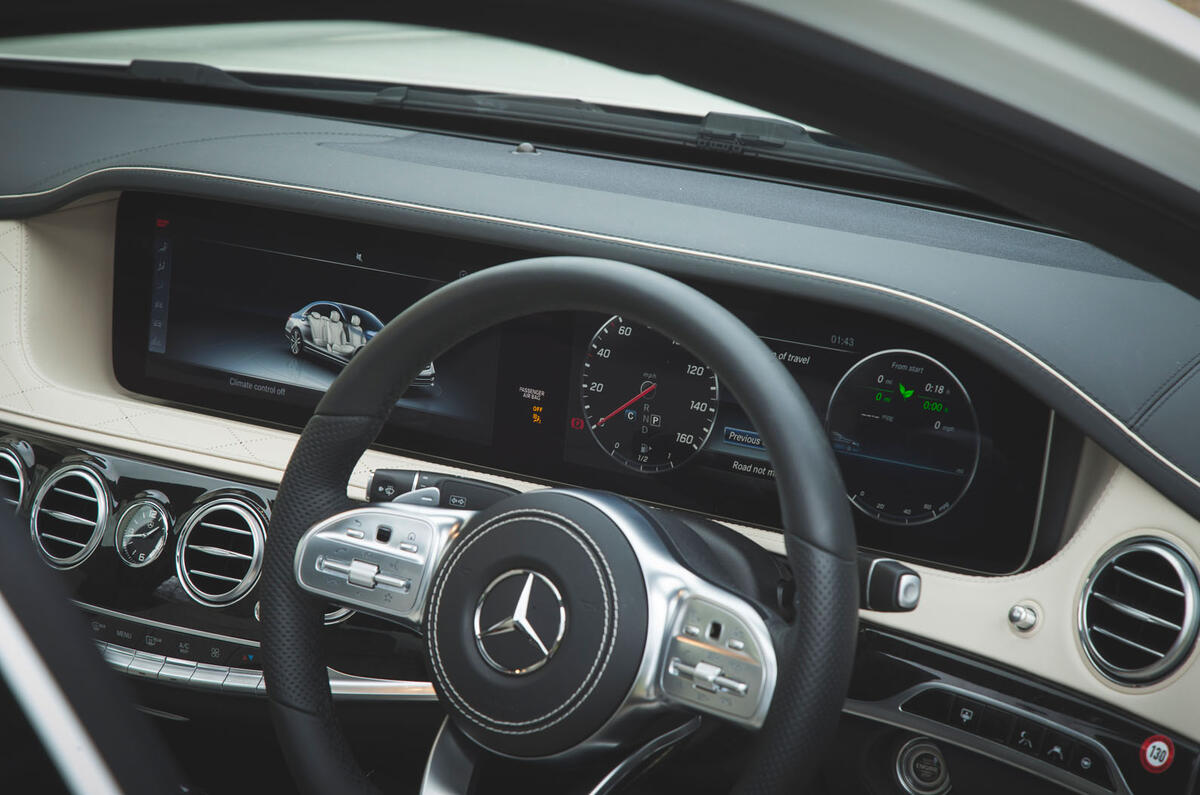
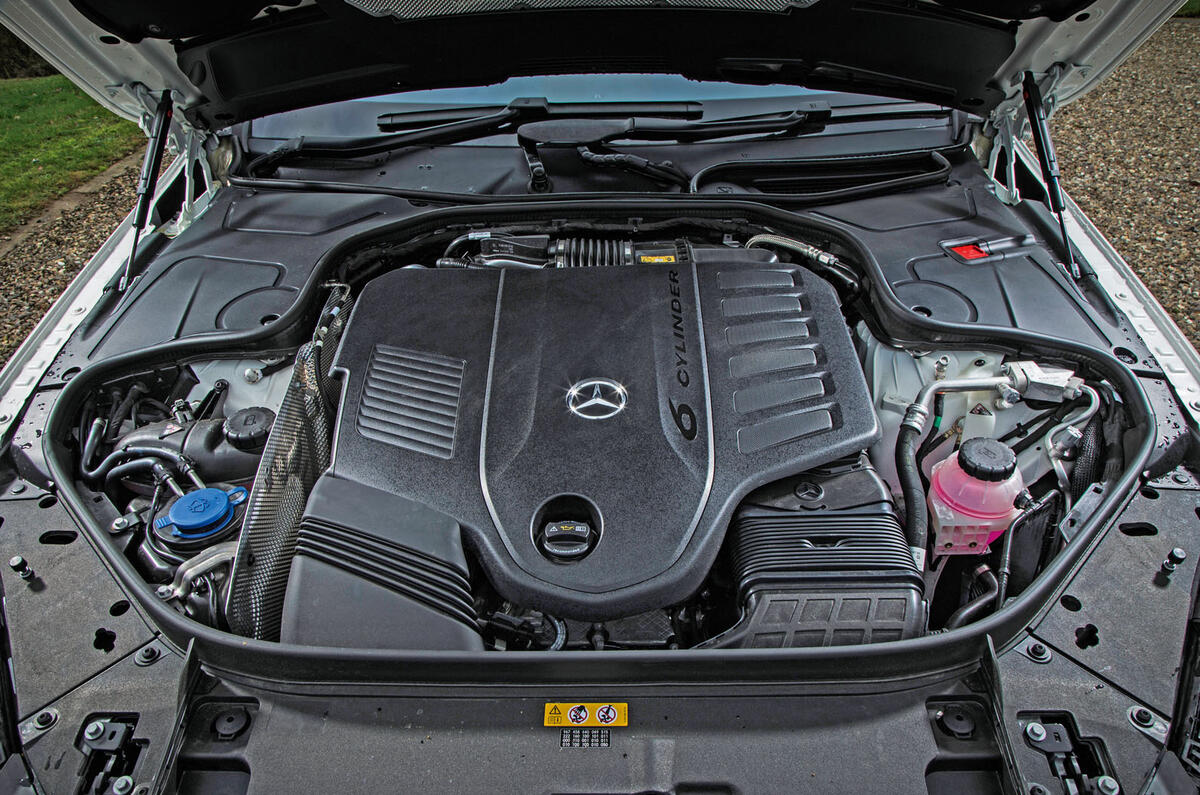
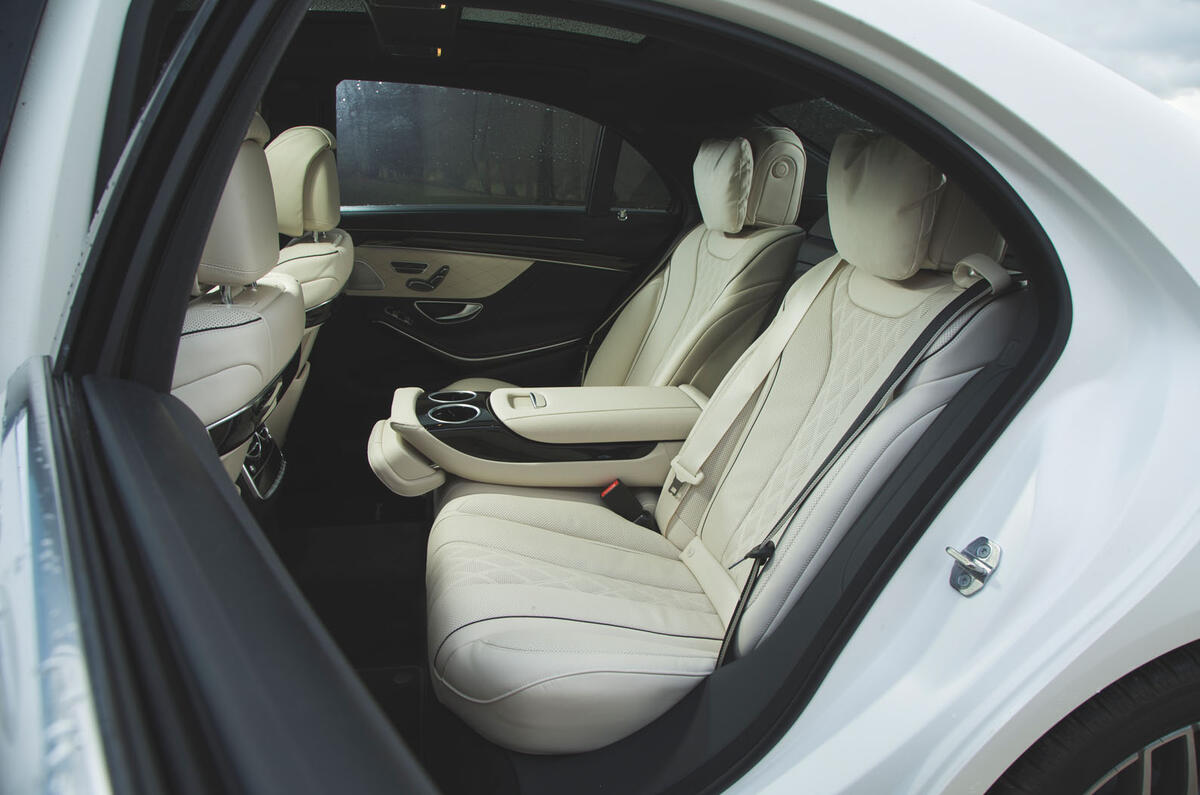

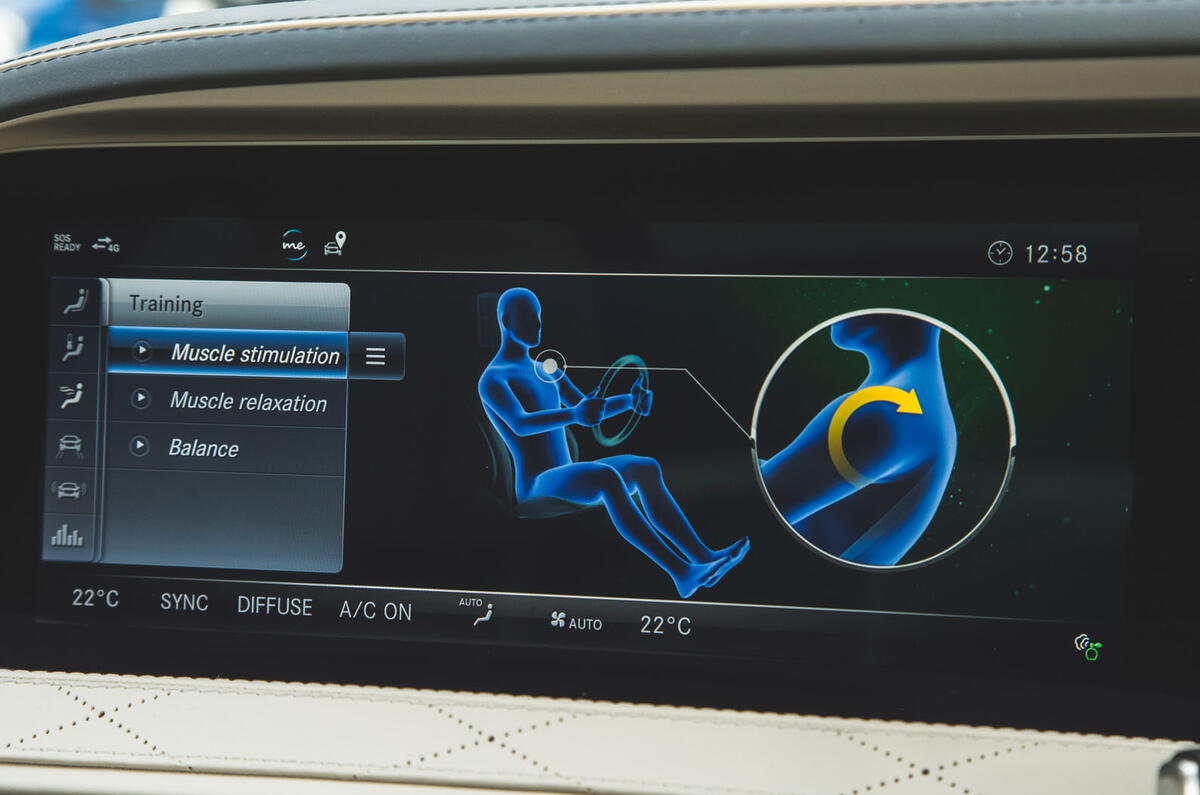
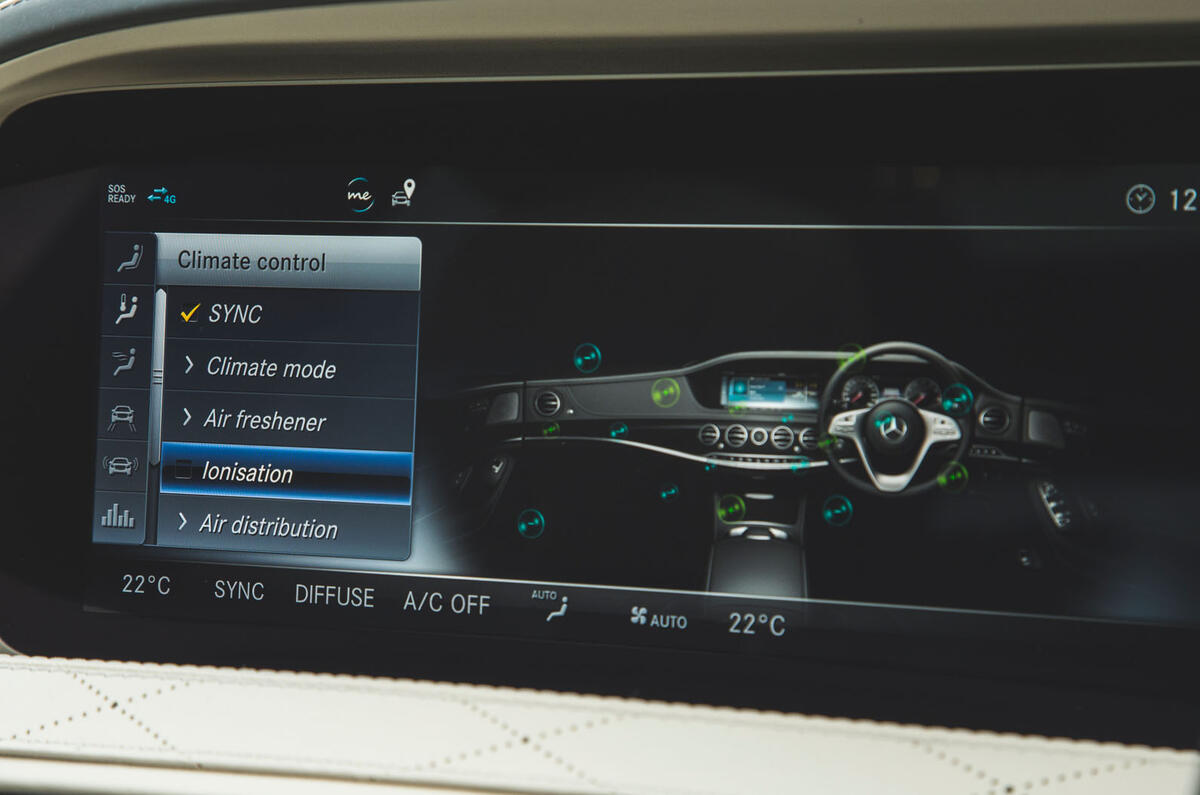
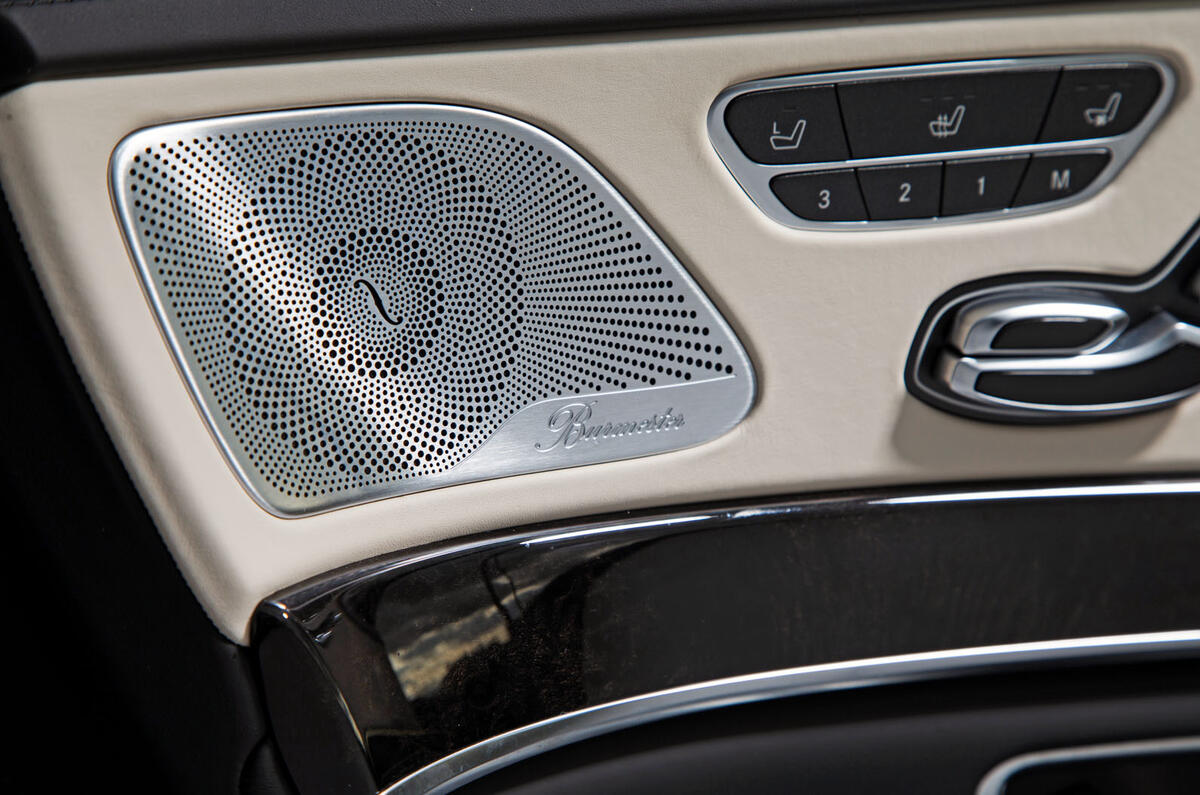
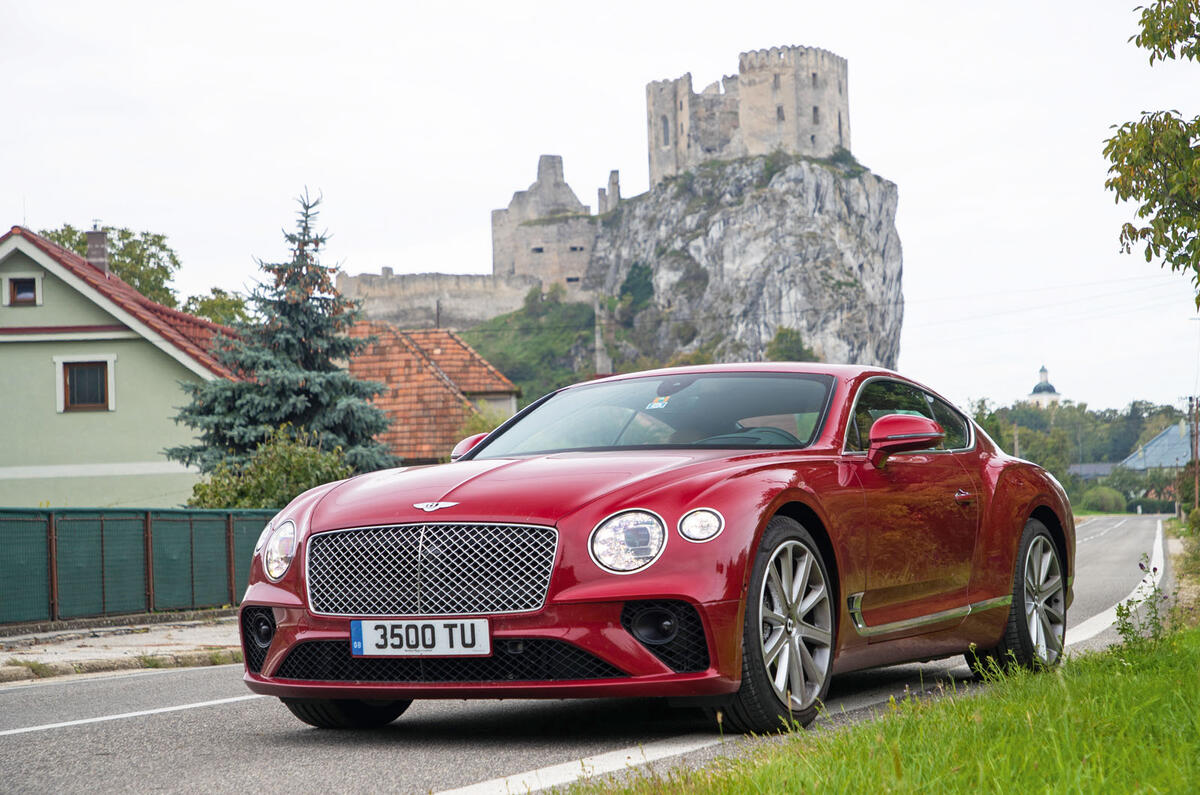


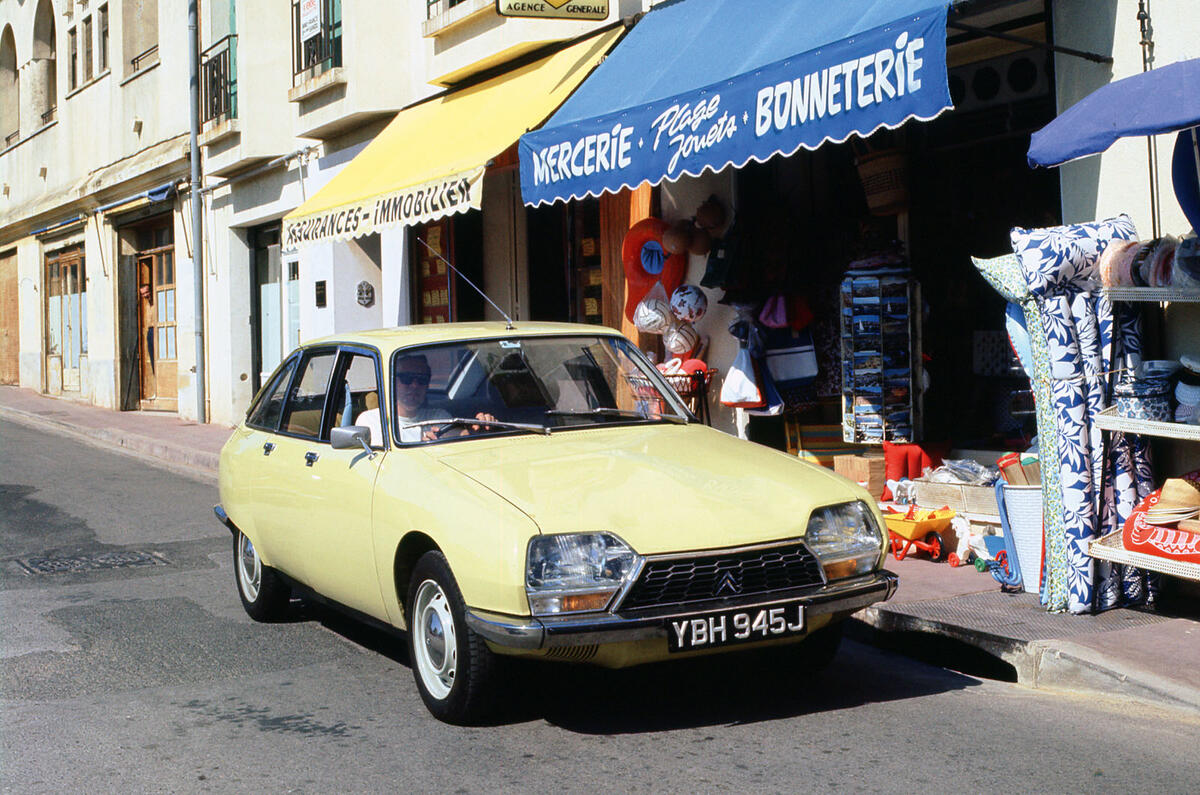

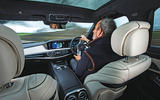
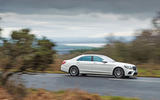
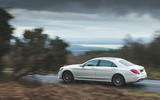
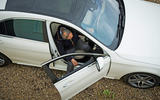
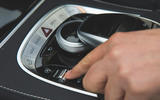
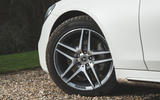
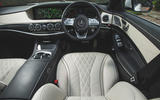


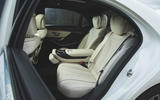
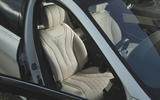
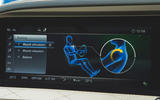
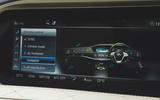
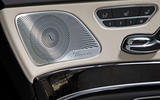






Join the debate
Add your comment
Surprised the article didn't
Surprised the article didn't mention tyres either, and the effect that skinny rubber can have.
On the wallowing when going
On the wallowing when going around bends being a problem, surely this depends on how fast you are going.
Tune a car for the Nurburgring and you'll need a car which can take corners at 100mph (or whatever) which is irrelevant to real life motoring, but will compromise comfort, especially if the only sharp bends you go around 90% of the time are in a 30mph zone in town.
This article goes beyond what
This article goes beyond what I think of as comfort and ends up simply listing many of the qualities needed for a car to be really good. The basis of comfort to me is a chassis/suspension set up for bump absorption, not lap times; the rest is good design/engineering eliminating annoyances. I had a GS in period and the ride was so magical (along with excellent roadholding, brakes,steering and headlights) that I easily forgave the mechanical noise and rubbery gearshift and one or two other things that are on your top ten list.